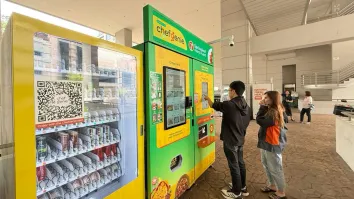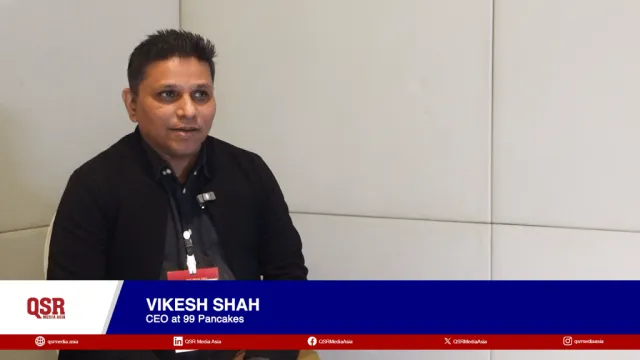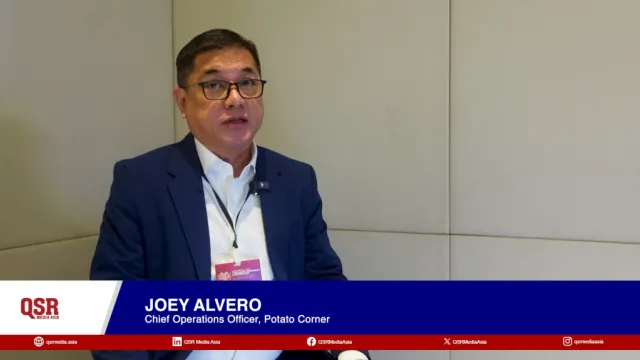Grab responds to rise of discovery-driven dining
Shifting consumer behavior is forcing platforms to rethink dining tools.
As Southeast Asia’s food delivery market hits US$15.1 billion and continues to expand, Grab faces a shift: users are no longer just ordering food—they’re discovering where to eat.
“Consumer behavior in terms of using our platform is no longer just about delivery, but it's actually also about discovery,” said Justin Halim, Regional Head of Managed Enterprise Business at Grab. “We're seeing a massive rise of people trying new restaurants and new food types for the first time ever.”
This discovery-first mindset demands more than just fast logistics—it requires visibility tools that help merchants be present when consumers are browsing, comparing, and choosing.
To address this, Grab has introduced features like Dine Out Deals, designed to put restaurants in front of users who are researching options from home. “We've seen a lot of dining out happening, returning to pre-COVID normality,” Halim said. “We're actually seeing people make decisions on where to eat… on their mobile device.”
Group ordering is another consumer behavior on the rise. To tap into this trend, Grab has launched a group order functionality, aimed at capturing demand from workplace lunches and social gatherings.
But perhaps the biggest shift lies in how Grab is using AI to bridge discovery with loyalty. “Embedding AI into our platform and our range of services allows us to better anticipate user needs… but at the same time, they help merchants as well in terms of optimising their menu visibility,” said Halim.
He noted the future lies in “being omnipresent end to end in the consumer’s dining journey… from being aware and being visible… to facilitating purchase, be that online or offline.”




























Commentary
Design, Data, Discipline: The answer to attrition for QSRs in Asia